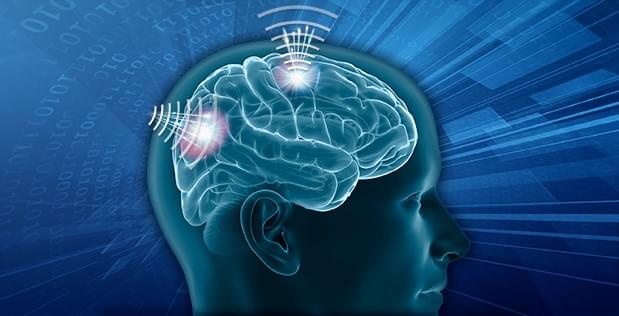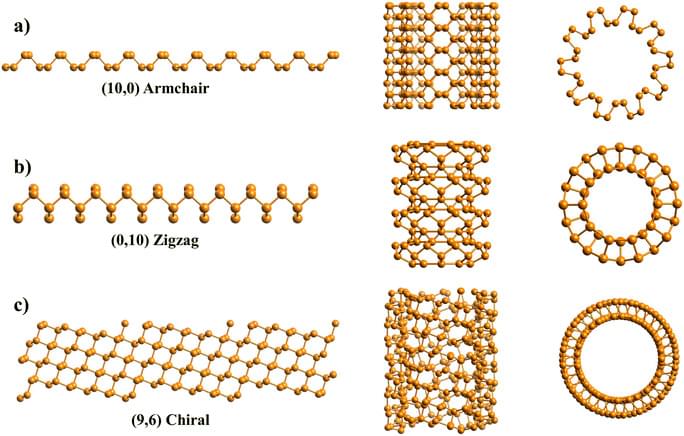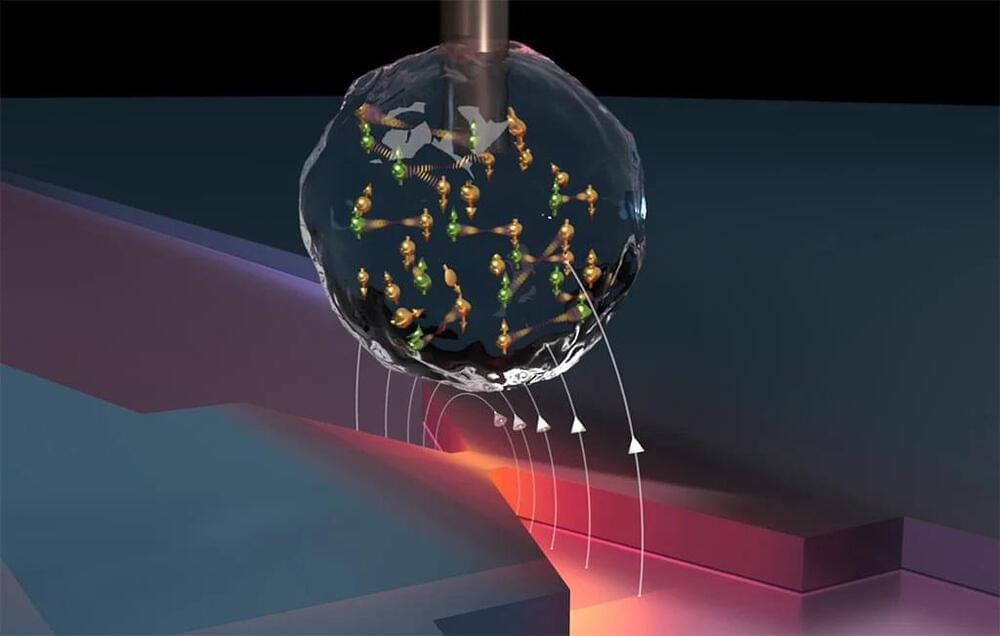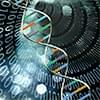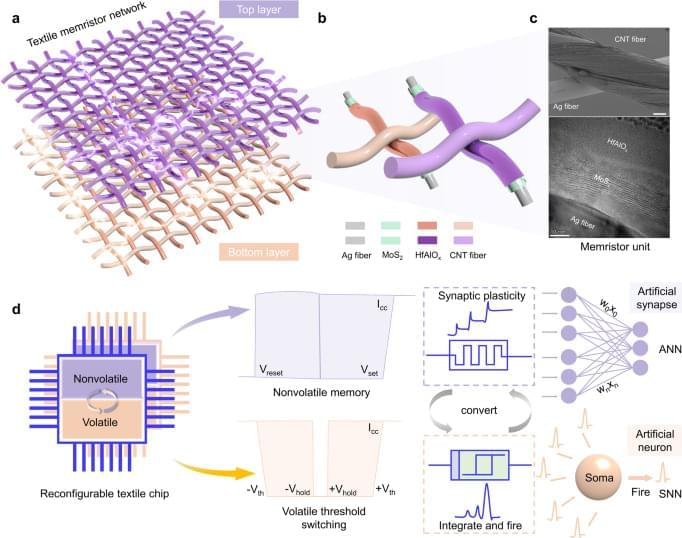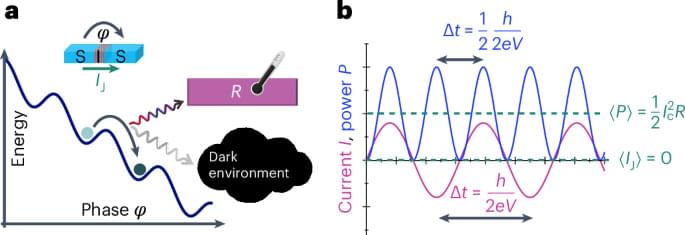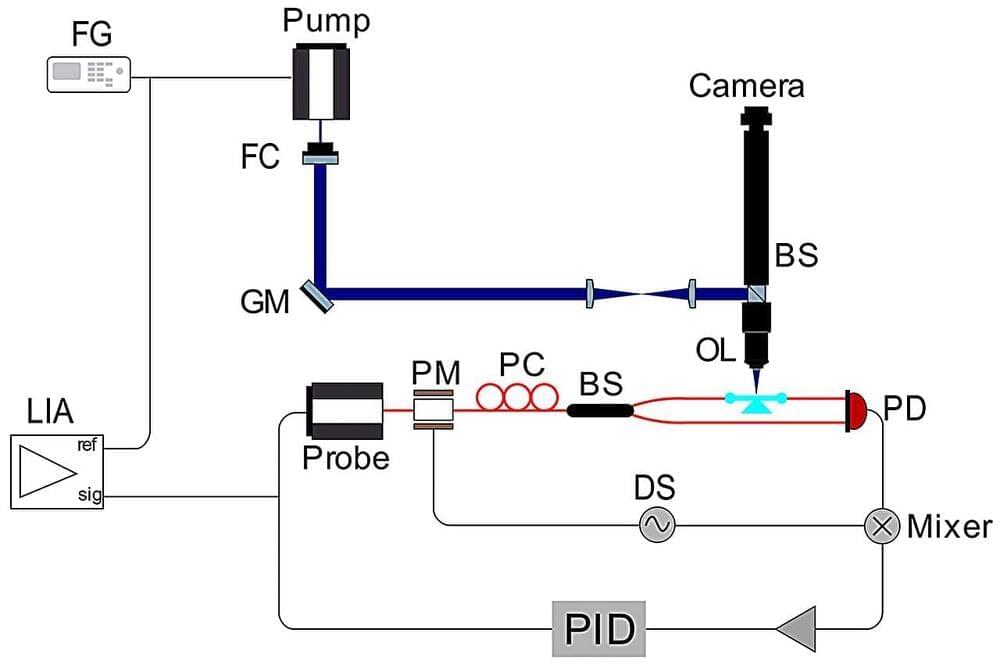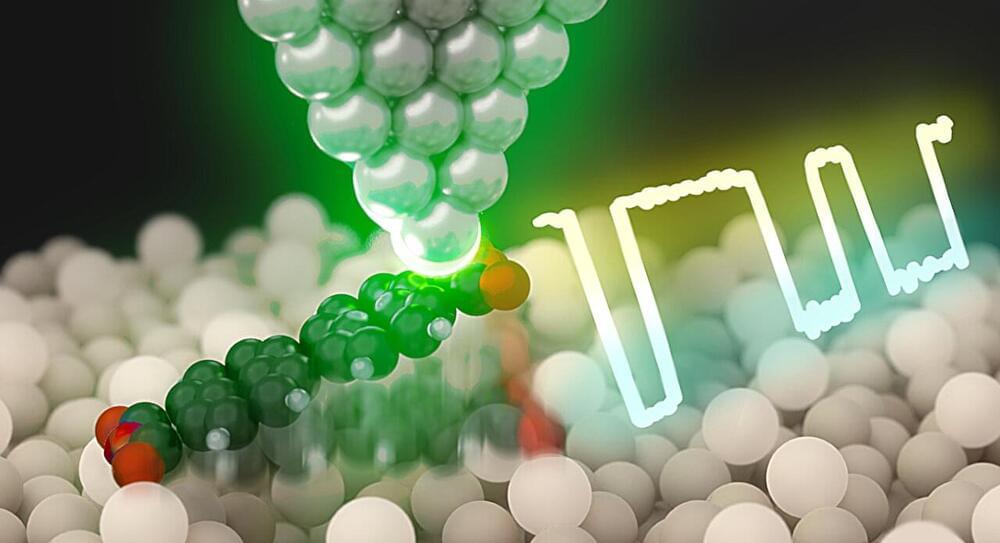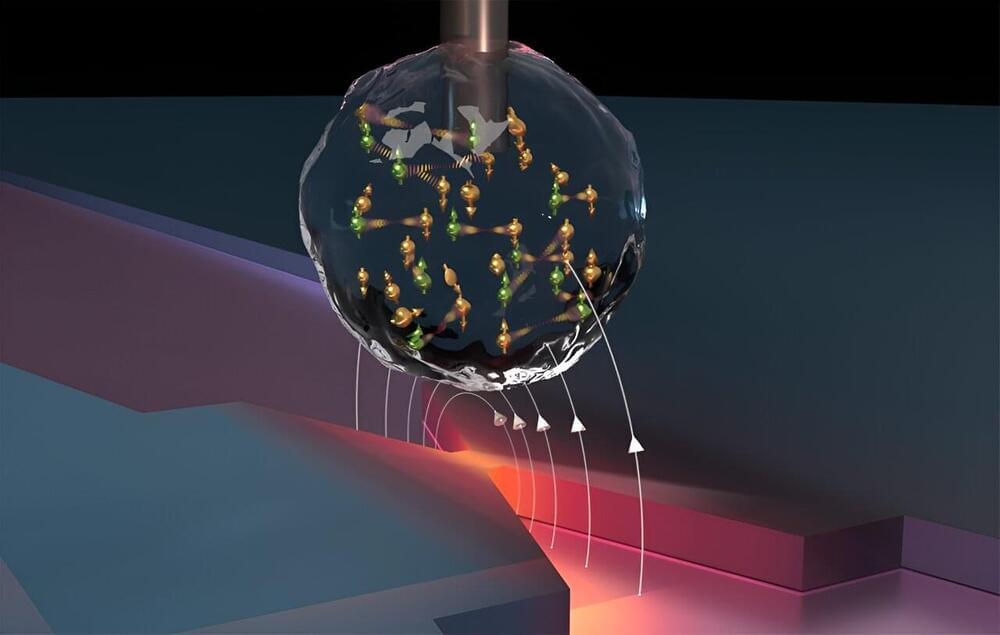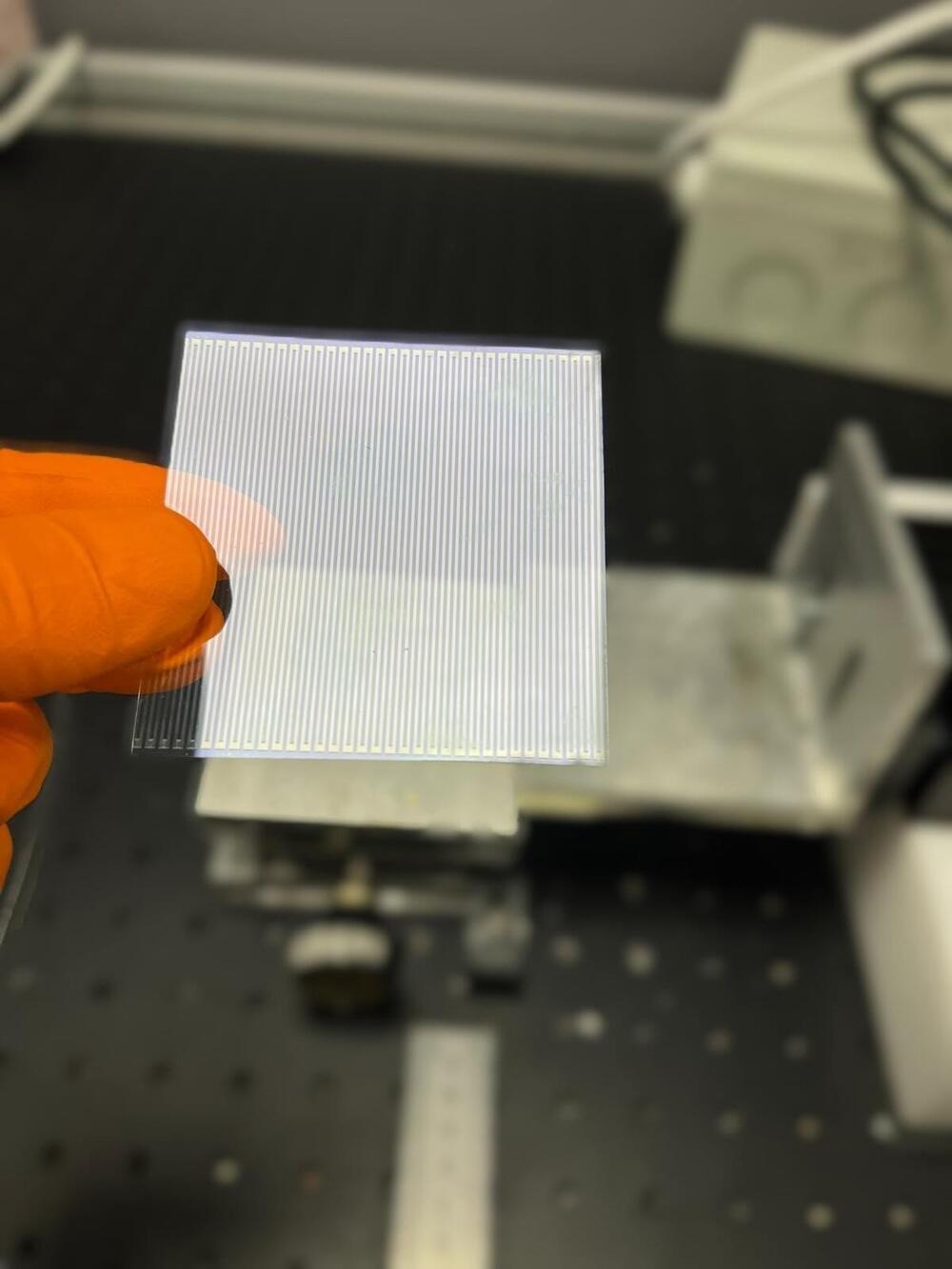Aug 26, 2024
Nonsurgical Neural Interfaces Could Significantly Expand Use of Neurotechnology
Posted by Dan Breeden in categories: bioengineering, biotech/medical, computing, cyborgs, internet, nanotechnology, neuroscience
Noninvasive braincomputer interfaces could vastly improve brain computer control.
Over the past two decades, the international biomedical research community has demonstrated increasingly sophisticated ways to allow a person’s brain to communicate with a device, allowing breakthroughs aimed at improving quality of life, such as access to computers and the internet, and more recently control of a prosthetic limb. DARPA has been at the forefront of this research.
The state of the art in brain-system communications has employed invasive techniques that allow precise, high-quality connections to specific neurons or groups of neurons. These techniques have helped patients with brain injury and other illnesses. However, these techniques are not appropriate for able-bodied people. DARPA now seeks to achieve high levels of brain-system communications without surgery, in its new program, Next-Generation Nonsurgical Neurotechnology (N3).
Continue reading “Nonsurgical Neural Interfaces Could Significantly Expand Use of Neurotechnology” »
